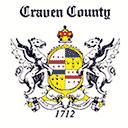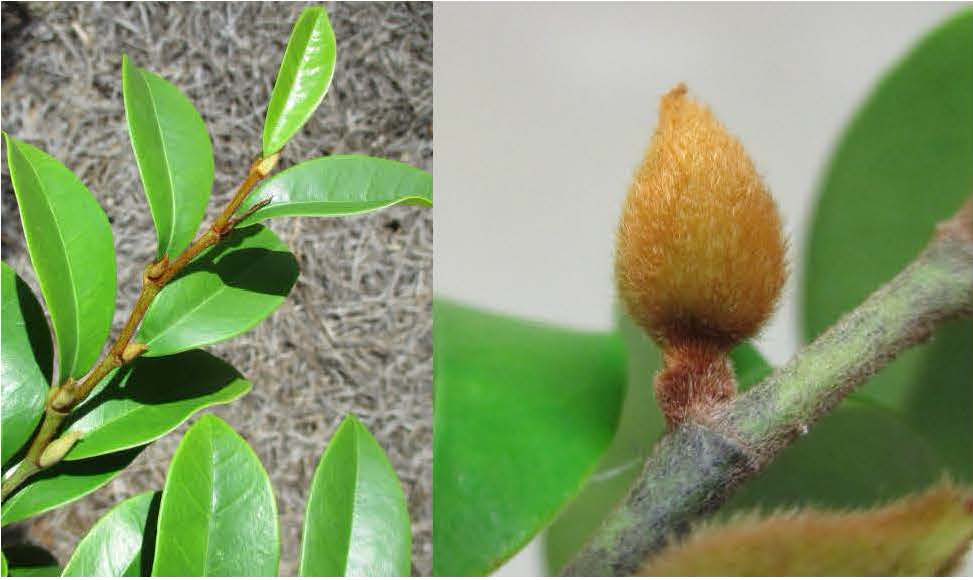Banana Shrub – Used to Be a Michelia
go.ncsu.edu/readext?776460
en Español / em Português
El inglés es el idioma de control de esta página. En la medida en que haya algún conflicto entre la traducción al inglés y la traducción, el inglés prevalece.
Al hacer clic en el enlace de traducción se activa un servicio de traducción gratuito para convertir la página al español. Al igual que con cualquier traducción por Internet, la conversión no es sensible al contexto y puede que no traduzca el texto en su significado original. NC State Extension no garantiza la exactitud del texto traducido. Por favor, tenga en cuenta que algunas aplicaciones y/o servicios pueden no funcionar como se espera cuando se traducen.
Português
Inglês é o idioma de controle desta página. Na medida que haja algum conflito entre o texto original em Inglês e a tradução, o Inglês prevalece.
Ao clicar no link de tradução, um serviço gratuito de tradução será ativado para converter a página para o Português. Como em qualquer tradução pela internet, a conversão não é sensivel ao contexto e pode não ocorrer a tradução para o significado orginal. O serviço de Extensão da Carolina do Norte (NC State Extension) não garante a exatidão do texto traduzido. Por favor, observe que algumas funções ou serviços podem não funcionar como esperado após a tradução.
English
English is the controlling language of this page. To the extent there is any conflict between the English text and the translation, English controls.
Clicking on the translation link activates a free translation service to convert the page to Spanish. As with any Internet translation, the conversion is not context-sensitive and may not translate the text to its original meaning. NC State Extension does not guarantee the accuracy of the translated text. Please note that some applications and/or services may not function as expected when translated.
Collapse ▲Scientific or Latin binomial plant names are standard and authoritative around the world, unlike common names such as red maple or common chickweed. But authoritative doesn’t necessarily mean permanent. Scientific name changes I’ve encountered in recent years include waxmyrtle, from Myrica cerifera to Morella cerifera; Leyland cypress, from x Cupressocyparis leylandii to x Hesperotropsis leylandii (and that may not be the final word); and rosemary, from Rosmarinus officinalis to Salvia rosmarinus.
These changes don’t happen arbitrarily, but are based on careful study, sometimes over a period of years. Plant taxonomists may reach a consensus that a certain plant belongs in a different genus or family than the one to which it was originally assigned, and this decision might be based on flower characteristics or more technical issues. In other cases, it may be determined that a large group of plants should be taken out of one genus and given their own genus name. For example, a September 2018 Facebook post from the Georgia Native Plant Society explains that the genus Eurybia “is a group of plants that were split out of the Aster genus when North American asters were taxonomically re-evaluated.”
Another example is a lovely plant that has made just a slight jump within the magnolia family (Magnoliaceae), from Michelia figo to Magnolia figo. This change was based on a 2006 “cladistic anaylsis” of the Michelia genus. Banana shrub is still the accepted common name, drawing attention to the highly fragrant flowers that appear in spring or early summer. Banana shrub produces lustrous evergreen foliage, and can grow up to 15 feet in height and a little less in spread. It should be planted in a somewhat shaded location rather than all-day full sun, and some protection from winter winds would also be advisable.
If you’re looking for something other than azaleas and camellias this year, consider adding banana shrub to your landscape, as a specimen plant, or as a component of a privacy screen.





